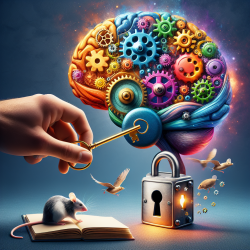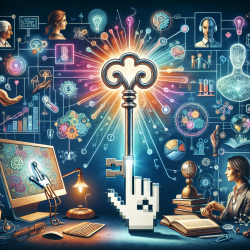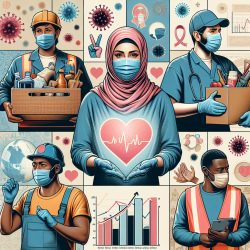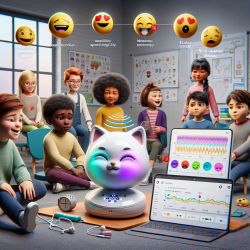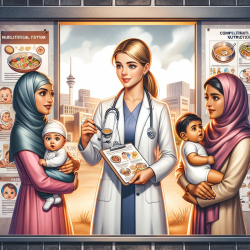Introduction
Down Syndrome (DS), caused by trisomy of human chromosome 21 (Hsa21), is the most common genetic cause of intellectual disability. Understanding the genetic and neurological underpinnings of DS is crucial for developing effective therapies. A recent study titled "Trisomy of Human Chromosome 21 Orthologs Mapping to Mouse Chromosome 10 Cause Age and Sex-Specific Learning Differences: Relevance to Down Syndrome" sheds light on how specific genetic factors contribute to learning differences in DS.
Understanding the Research
The study utilized the Dp10(1)Yey mouse model, which is trisomic for orthologs of 25% of the Hsa21 protein-coding genes. These genes are located on mouse chromosome 10 and include those involved in brain development and function. The research focused on age and sex-specific learning differences by testing male and female mice at 3 and 9 months of age across various cognitive and behavioral tasks.
Key Findings
- Age and Sex-Specific Differences: The study found that the trisomy of certain genes led to differences in learning and memory that varied by age and sex. Female Dp10 mice at 3 months showed impairments in tasks requiring executive function, while male Dp10 mice demonstrated enhanced performance in certain spatial tasks.
- Brain Region-Specific Effects: The research highlighted that the trisomy affected protein expression differently across brain regions, with significant sex differences. For example, male Dp10 mice showed more abnormalities in the hippocampus, while female mice exhibited more changes in the cerebellum.
- Protective Effects: Interestingly, some trisomic features seemed to protect against age-related declines in certain cognitive functions, particularly in females.
Implications for Practitioners
For practitioners working with children with DS, these findings emphasize the importance of considering individual differences in learning and development. The study suggests that therapies should be tailored not only to the individual's age but also to their sex, as these factors significantly influence cognitive abilities. Practitioners are encouraged to consider these variables when designing interventions and to remain informed about ongoing research in this area.
Encouraging Further Research
This study opens the door for further research into the specific roles of Hsa21 genes in DS. Understanding the complex interactions between these genes and their effects on different brain regions can lead to more targeted and effective therapies. Researchers are encouraged to explore these genetic pathways further, particularly in diverse populations and using various model systems.
To read the original research paper, please follow this link: Trisomy of Human Chromosome 21 Orthologs Mapping to Mouse Chromosome 10 Cause Age and Sex-Specific Learning Differences: Relevance to Down Syndrome.
